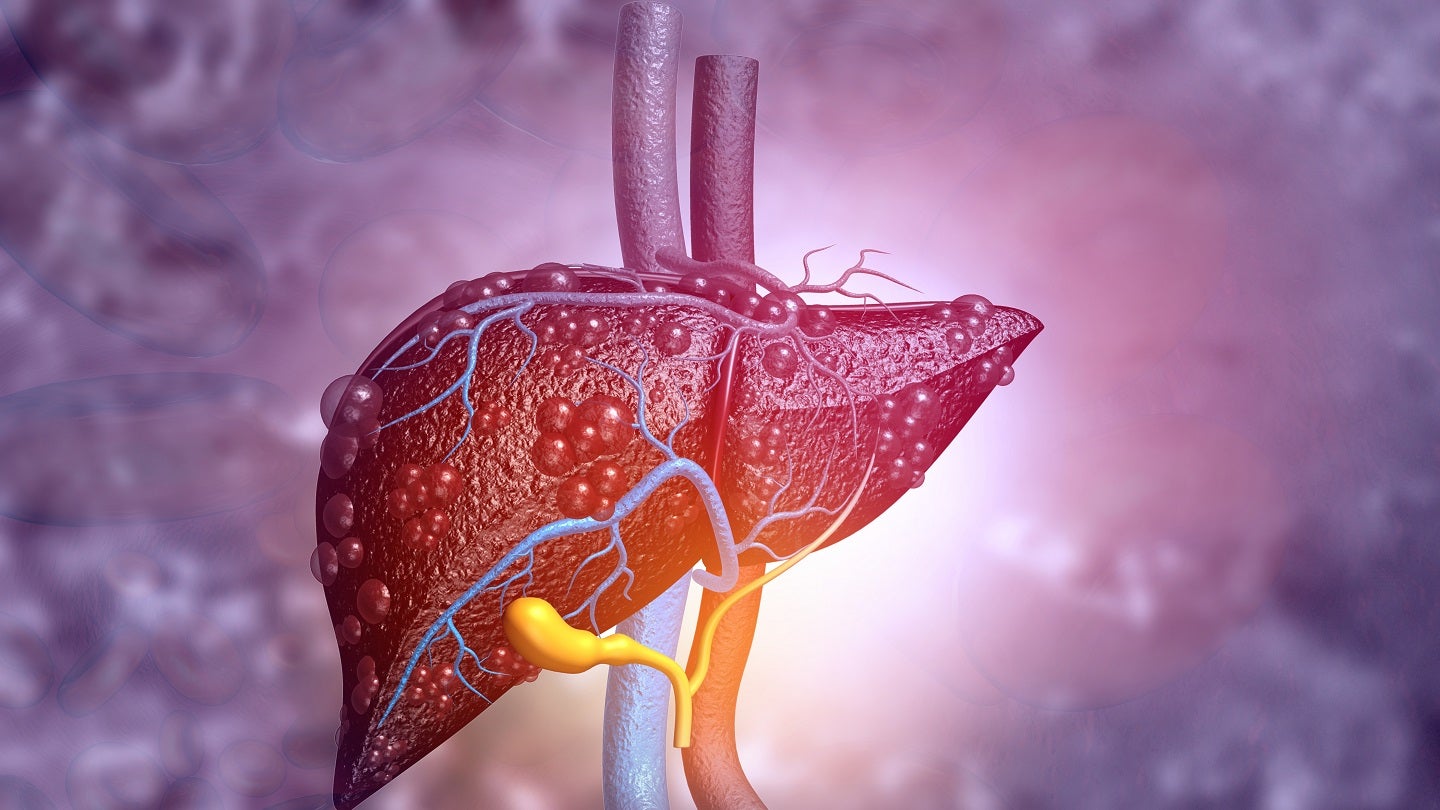
Mirum Pharmaceuticals has reported data from a CAMEO study of its LIVMARLI (maralixibat) oral solution for the treatment of primary sclerosing cholangitis (PSC), an idiopathic chronic cholestatic liver disease.
The first proof-of-concept, open-label, 14-week study evaluated the tolerability, efficacy along with safety in patients with pruritus associated with PSC.
It evaluated LIVMARLI in a total of 27 adults with PSC measuring pruritus, liver function and serum bile acid (sBA) levels.
Serum bile acid concentration and pruritus scores decreased over the 14-week period when treated with LIVMARLI.
A 40% reduction was also observed in participants whose sBA was elevated above normal at baseline and 70% improvement in pruritus in participants with an average pruritus score of ≥3 out of 10 at baseline.
The treatment emergent adverse events including diarrhea, abdominal pain and nausea were found to be generally tolerable and consistent with the expected IBAT inhibitors’ mechanism of action.
How well do you really know your competitors?
Access the most comprehensive Company Profiles on the market, powered by GlobalData. Save hours of research. Gain competitive edge.

Thank you!
Your download email will arrive shortly
Not ready to buy yet? Download a free sample
We are confident about the unique quality of our Company Profiles. However, we want you to make the most beneficial decision for your business, so we offer a free sample that you can download by submitting the below form
By GlobalDataMirum Pharmaceuticals research and development head Pam Vig said: “The CAMEO study with LIVMARLI lays the foundation for the Phase IIb VISTAS study with volixibat, a minimally absorbed IBAT inhibitor, which is currently recruiting patients.
“We are grateful to the clinicians and patients who participated in the CAMEO study and thank them for their contribution.”
An estimated 50,000 people in Europe and 29,000 in the US suffer from PSC.
PSC is characterised by cholestasis, progressive inflammation, and destruction of bile ducts leading to cirrhosis, fibrosis, portal hypertension, cancer, and finally liver failure.







